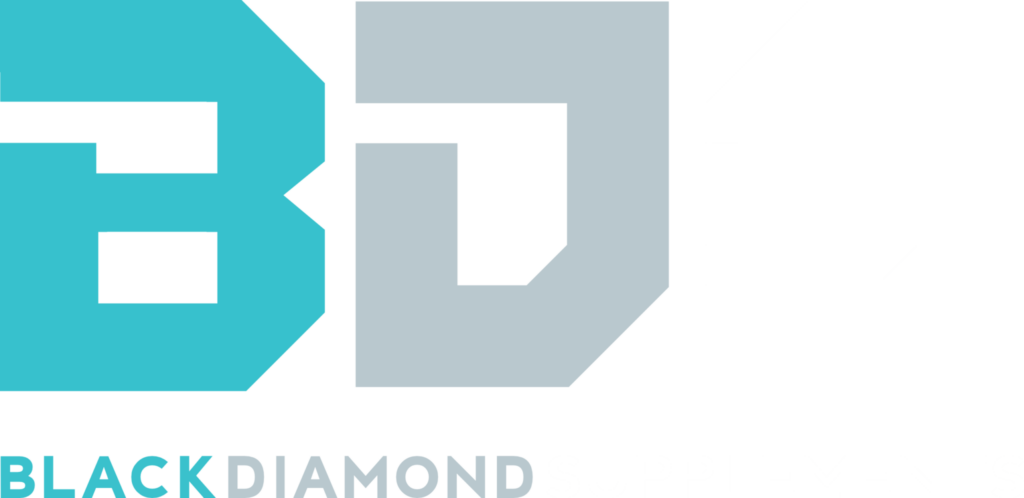One of the biggest misconceptions that we see with beginners and even some intermediate weight lifters/fitness goers is that all proteins are equal. What’s worse than that is that we see people bragging about how they were able to get a huge tub of protein for an extremely low price, but little do they know that the quality is very low and they are not actually getting much protein at all (this is called amino spiking, which will be covered further into this blog).
There are several different types of protein out there, and it’s important to know the differences so you can purchase the one that best aligns with your budget and goals:
When most people traditionally think of protein powders, it’s whey protein that they are thinking about. Whey protein is the most common form of protein and is the perfect post workout supplement to aid with recovery and promote muscle growth. Whey protein has a very good macro blend, usually consisting of 90% protein and 5-10% carbs/fats. Furthermore, whey protein is digested very quickly.
Who it’s good for:
Whey protein will get the job done for most people wanting a good post workout shake. Whey protein is the most affordable of the group, has a great macro ratio, and a solid digestion time. Anyone from casual gym goers to more serious athletes will benefit from traditional whey protein.
Casein is a type of protein that is found in dairy based products like milk and cheese, and is the slowest digesting form of protein available, as it takes anywhere from 5-7 hours to fully digest. Because of it’s dairy like roots, casein is not recommended for those who have sensitive stomachs as it tends to be a bit harsher on the system. Casein tends to have high protein with a slightly higher fat content than a traditional whey, but less carbs. For these reasons, many people like to take casein before going to sleep so they can keep their body in an anabolic state during their sleep.
Who’s it good for:
Casein is a staple in many athletes who are trying to bulk up and put on weight. If you are not prone to an upset stomach that some people experience from protein powders, we highly recommend picking up a casein supplement if you are looking to pack on some extra muscle.
Whey Isolate:
Whey Isolate is the purest form of whey protein available, and appropriately so the most expensive. Whey Isolate tends to have the best macro breakdown, consisting of entirely protein and very little fat or carbs (if any at all). Because of its high purity, whey isolate is also the fastest digesting protein on the market.
Who’s it good for:
Whey Isolate is the protein of choice for the more hardcore athletes and bodybuilders thanks to its very high purity, rapid digestion time, and favorable macro profile. Whey Isolate is especially favored by athletes who are on a strict cut. When every single extra gram of fat, carb, or sugar is counted, whey isolate is the cleanest protein you should be relying on.
Recently, protein blends have been getting a lot of steam. Supplements such as MusclePharm’s Combat Powder are “protein blends”, which means they are a mix of all the different types of protein we have mentioned above. The science behind protein blends is that by including proteins that absorb at different rates, you will be putting yourself in a protein fed state from the minute you drink your shake, all the way until 5 or 6 hours afterwards.
Who’s it good for:
Protein blends are very popular among intermediate trainers who are looking to build muscle. Blends in general are typically avoided by those on a rigorous diet or cut, but are embraced by those who want every last bit of help they can get when it comes to muscle growth and recovery. While protein blends are not cheap, you can often times find deals on them that match prices of traditional whey protein. It is not uncommon for our website to run these types of deals, so be sure to check out what products we have on special to land yourself a potentially sweet deal on a protein blend.
Buyer beware:
Now that we have broken down the different types of protein, it’s important we educate you about a horrible trend in the industry known as amino spiking.
Unfortunately, the supplement industry does not undergo heavy regulations when it comes to supplement labels. Because of this, many companies have taken advantage of this with and used amino spiking to bolster their label and cut their costs.
Amino spiking is the act of adding aminos in the supplement in order to raise the advertised dosage of “protein”. By spiking your supplement with aminos, you are getting less dietary protein while also being scammed by a shady company trying to cut its costs (aminos are cheaper to produce and manufacture than dietary protein).
At Black Diamond Supplements, we take pride in only working with the highest quality companies in the industry. With that said, we think that knowledge is empowerment so we’d like to give a quick tip on how you can tell if your protein may be spiked.
When reading the list of ingredients on a nutrition label, it’s important to note that the ingredients you see are in order from most abundant to least abundant. This means that the very first ingredient is the most used ingredient in the blend, while the last ingredient is the least used in a blend.
Here’s what a typical protein blend should look like:
Protein Blend (Whey Protein Concentrate, Brown Rice Protein Concentrate, Whey Protein Isolate, Egg Albumin, Milk Protein Isolate, Partially Hydrolyzed Whey Protein), Taurine, Glucose Polymer, Cocoa Powder (Dutch Process), L-Glutamine, etc etc etc…
As you can see, the amino acids Taurine and Glutamine are towards the end which means there is very little present compared to the rest of the ingredients (it is important to note that amino acids are naturally occurring in protein powders, so it is not an immediate red flag if you see an amino acid in the ingredient profile).
Where you should be concerned is when you see a label that looks like this:
Protein Blend (Whey Protein Isolate, Glutamine Peptides, L-Leucine, Egg Albumen, Whey Peptides, L-Isoleucine, L-Valine), Cocoa (Processed With Alkali), etc etc etc
As you can see, glutamine is the 2nd ingredient on this label which means it is the 2nd most abundant ingredient in the blend. This is a protein that has been amino spiked.
We hope that this blog has not only helped you decide what type of protein you should be using, but we furthermore hope that we have helped protect you against the shady tactics that are unfortunately still present in some companies in the industry today.
As always, feel free to share any comments and thoughts down below!





